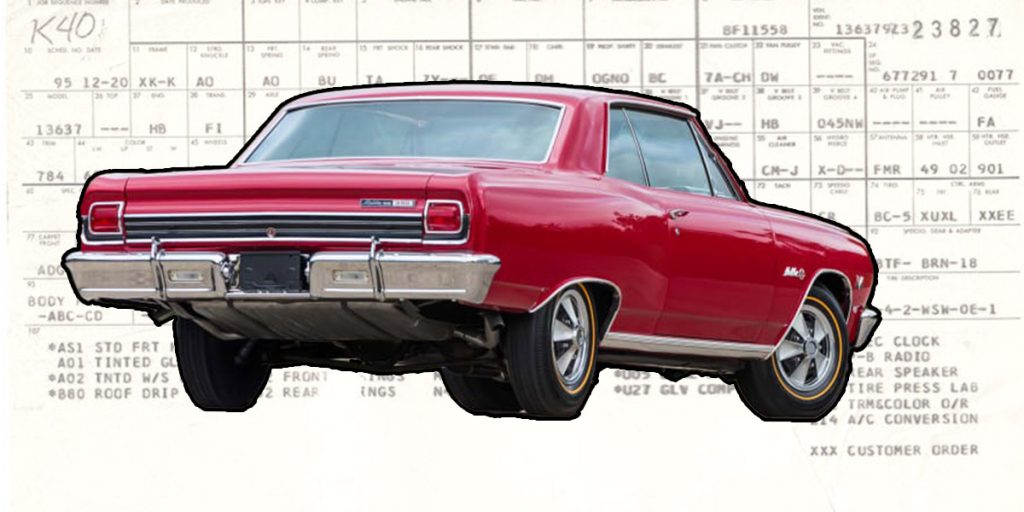
1964-1972 Chevelle RPO Codes
1964–1972 Chevelle RPO Codes: A Complete Breakdown If you’re restoring, decoding, or just plain geeking out over a 1964-1972 Chevrolet Chevelle, then you’re probably checking
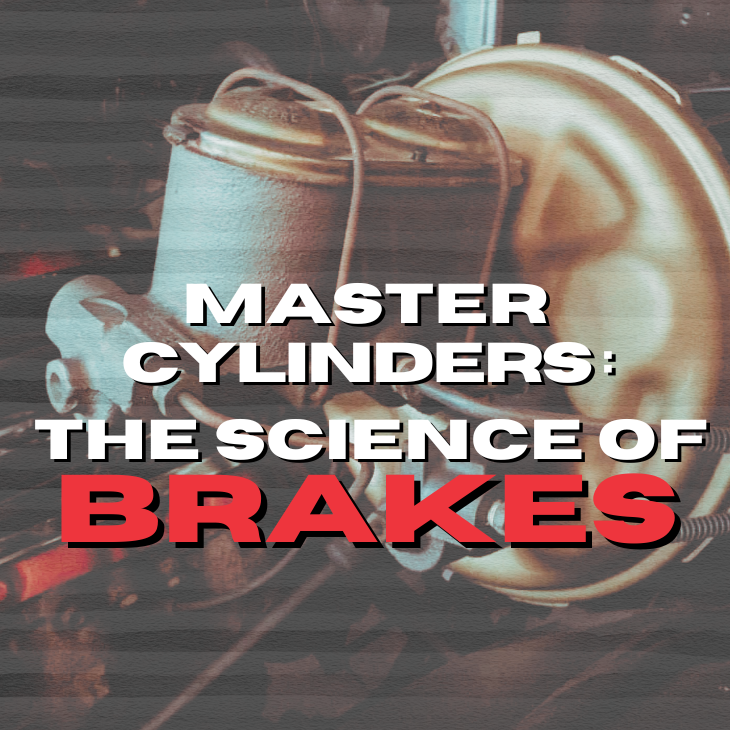
The master cylinder is the unsung hero of your vehicle’s braking system, responsible for converting your foot’s force into hydraulic pressure that ultimately brings your car to a stop. But how do master cylinders really work? What size bore and how many circuits? Will any old master cylinder work?
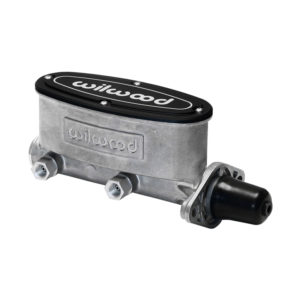
The important take away here is that the brake system is a hydraulic system. Hydraulic systems require a specific pressure and quantity to work correctly. The size of the bore, the size of lines, how many pistons in the caliper, and the size of the pistons all play a vital role. A 1″ bore master cylinder might work great on your buddy’s car, but that doesn’t mean it will be on yours unless everything else is exactly the same. It’s vital to know what size pistons or wheel cylinders your car has and the brake line size.
Cylinder Bore Size: At the heart of the master cylinder is its bore, a cylindrical space where a piston moves back and forth. Bore size is a critical factor in how much hydraulic pressure is generated. Smaller bore sizes result in higher pressure, while larger bores provide increased fluid volume.
Single vs. Dual Output: Master cylinders can have either a single or dual output. In a single-output master cylinder, there’s a single piston responsible for pressurizing the hydraulic fluid. Dual output master cylinders, on the other hand, feature two pistons, each connected to a separate brake circuit (front and rear).
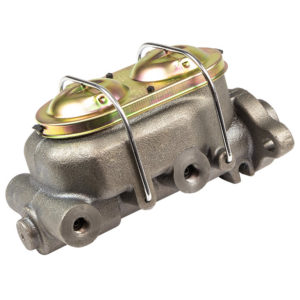
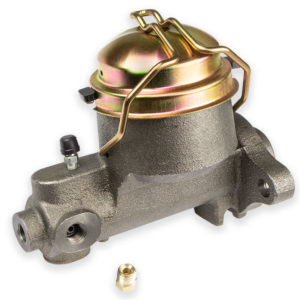
Initial Stage – Brake Application: When you apply the brake pedal, it pushes a rod into the master cylinder. This rod is connected to a piston within the bore.
Primary Piston Movement: In a single output master cylinder, the piston moves forward, pressurizing the brake fluid in the cylinder. This pressurized fluid then travels through the brake lines to actuate the brakes.
Dual Output – Front and Rear Circuits: In dual output master cylinders, the pistons are designed to pressurize two separate circuits – one for the front brakes and one for the rear. This redundancy ensures that if one circuit fails, the other can still operate, providing a crucial safety feature.
Equilibrium – Brake Release: When you release the brake pedal, springs or other return mechanisms push the piston back into the bore. This action creates a vacuum, drawing brake fluid from the reservoir back into the cylinder, and preparing the system for the next application.
Smaller Bore – Higher Pressure: Master cylinders with smaller bore sizes generate higher hydraulic pressure. This is advantageous for disc brakes that require more pressure for optimal performance. These are commonly used on manual brake cars where there is no assist.
Larger Bore – Increased Volume: Larger bore sizes provide increased fluid volume, making them well-suited for drum brakes, which demand a higher volume of fluid to operate effectively.
Balancing Act – Proper Sizing: Properly sizing the master cylinder is crucial for achieving a balanced braking system. Mismatched bore sizes can lead to uneven brake performance, affecting the vehicle’s stability during braking.
While the mechanics of a master cylinder are fairly simple, it’s a pretty complex subject. As we mentioned you need to have the correct size master cylinder to match the rest of your cars braking components. If you’re unsure or need some help choosing the right master cylinder for your car, hop on SS396.com or give our friendly techs a call at (203) 235-1200!

1964–1972 Chevelle RPO Codes: A Complete Breakdown If you’re restoring, decoding, or just plain geeking out over a 1964-1972 Chevrolet Chevelle, then you’re probably checking
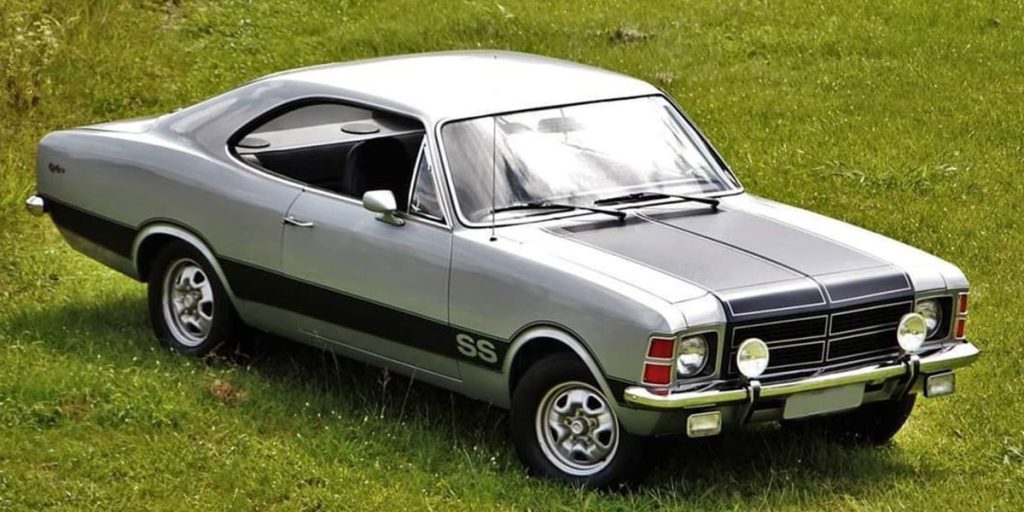
American muscle car’s didn’t just change the automotive landscape in America, it changed the global automotive industry forever. Born from a perfect storm of post-war

Get $25 Off* when you apply the Code: SS299 during checkout on orders over $299. Max Discount $25. Valid until 06/21/25 (9pm ET). Don’t miss out on this opportunity to save on the essential parts that keep your restoration moving forward.
